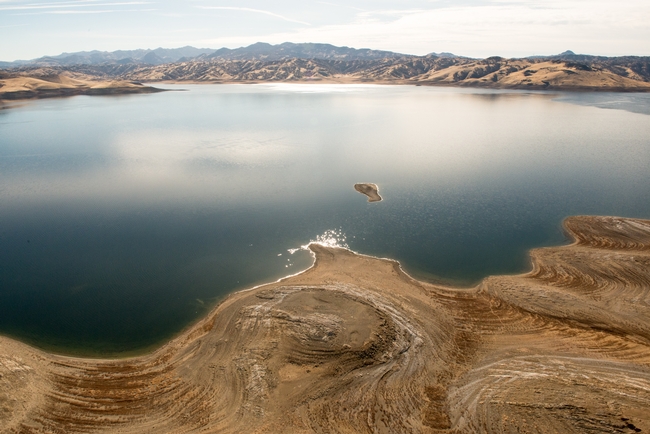
The statistics come from analysis of GRACE data by researchers at the UC Center for Hydrologic Modeling at UC Irvine. GRACE - an acronym for Gravity Recovery and Climate Experiment - is a pair of NASA satellites that use changes in the earth's gravity to monitor fluctuations in total water storage, including water in reservoirs, the mountain snowpack, soil and aquifers.
Typically during drought years, farmers will use groundwater to grow crops. Modeling done by the U.S. Geological Survey shows groundwater levels dropping sharply in drought years. Researchers at the UC Center for Hydrologic Modeling used those data to demonstrate that the aquifers in the state's agricultural heart are being used unsustainably, the article said.
“The big question is really, ‘What's next?'” said Jay Famiglietti, director of the UC Center for Hydrologic Modeling. “If the drought continues as expected, it will push groundwater levels to potentially disastrous lows.”
Circle of Blue writer Walton spoke with the director of UC's California Water Resources Institute, Doug Parker, who also serves as a UC Cooperative Extension specialist. The institute is a UC Agriculture and Natural Resources program that integrates water research, extension and education programs at all 10 UC campuses to develop research-based solutions to water resource challenges.
Parker said California currently has no statewide policy on groundwater use, no reporting requirements and no permits to regulate the amount of water withdrawn.
“Groundwater is difficult to regulate in a drought, because it's the back-up source that people rely on,” Parker explained to Circle of Blue. “But sometimes drought is good, because it gets people to consider policy changes. Groundwater is what you need to have during a drought, so we want to make sure we're not using it poorly in wet years.”
